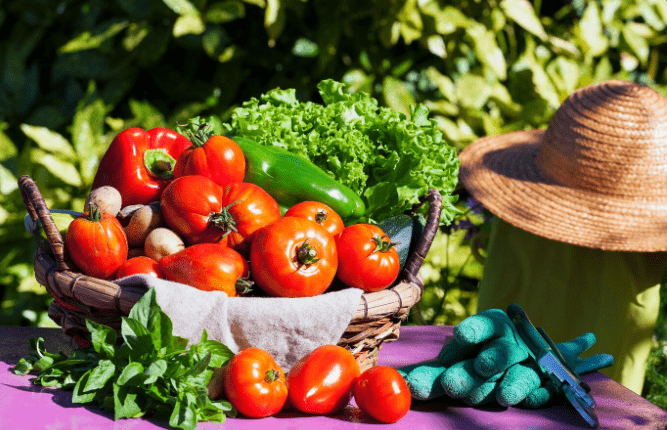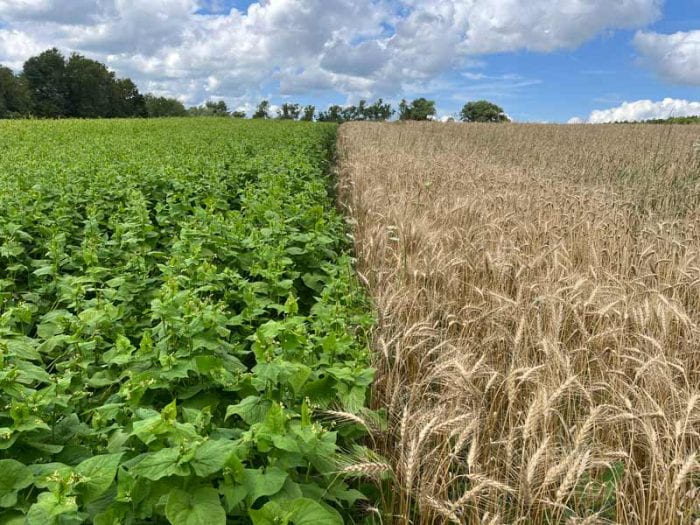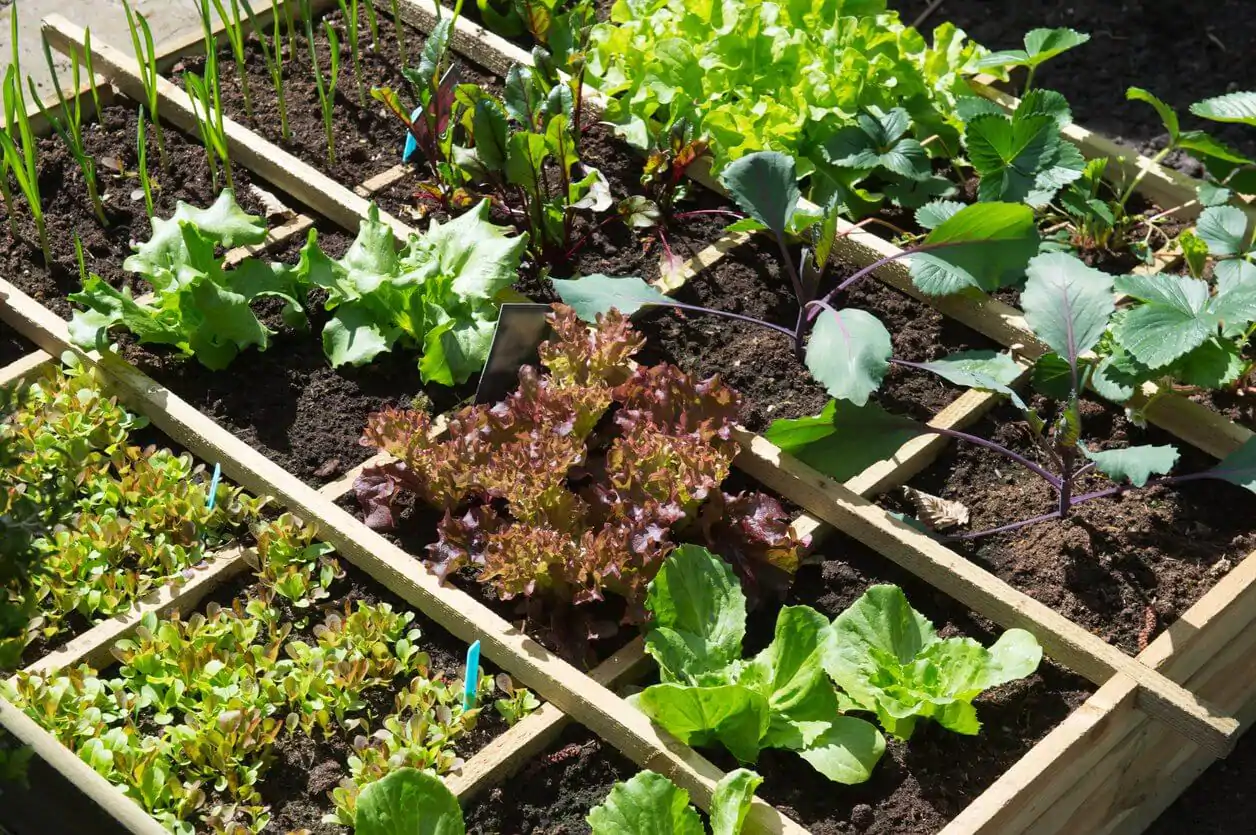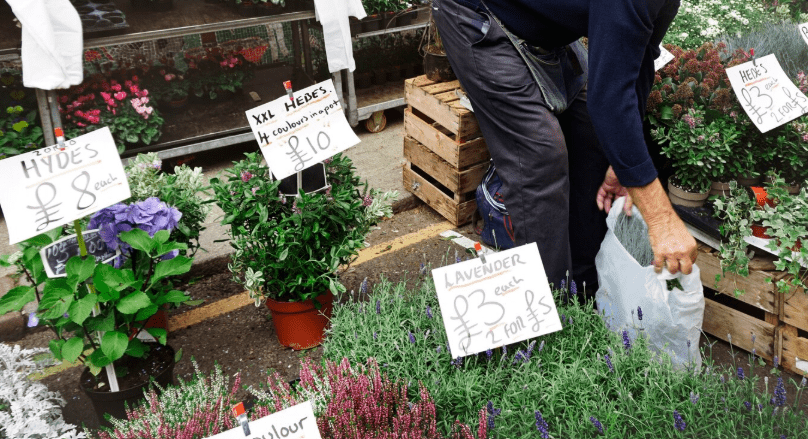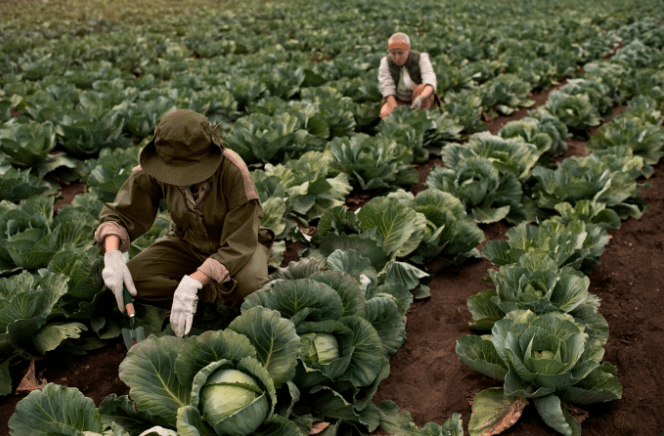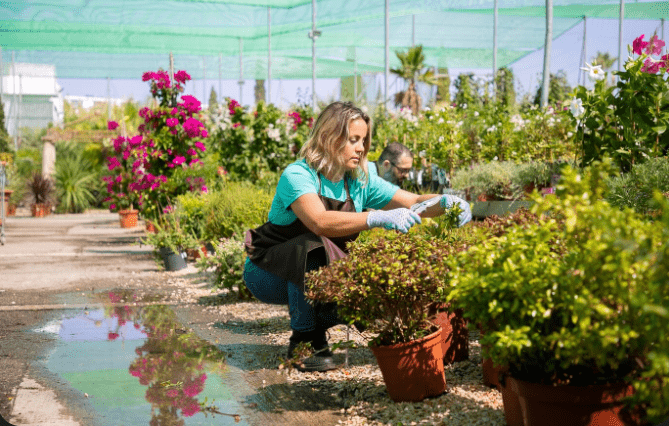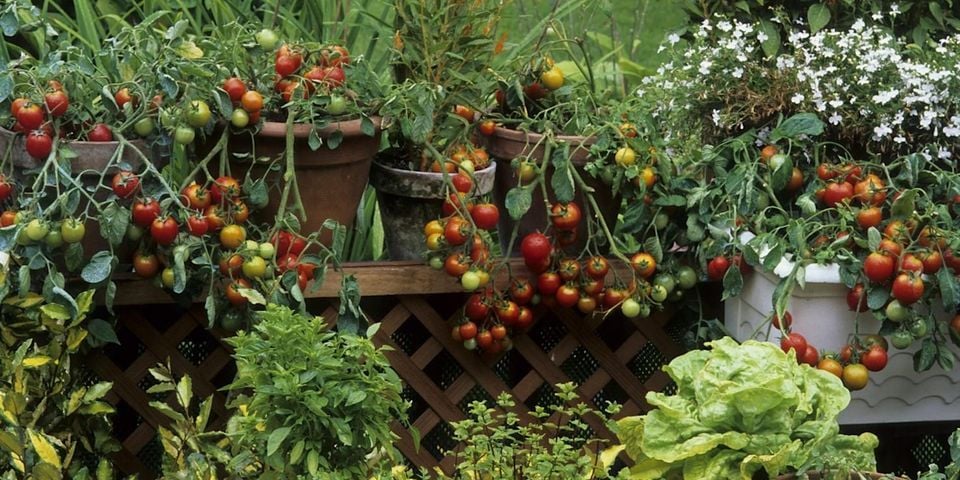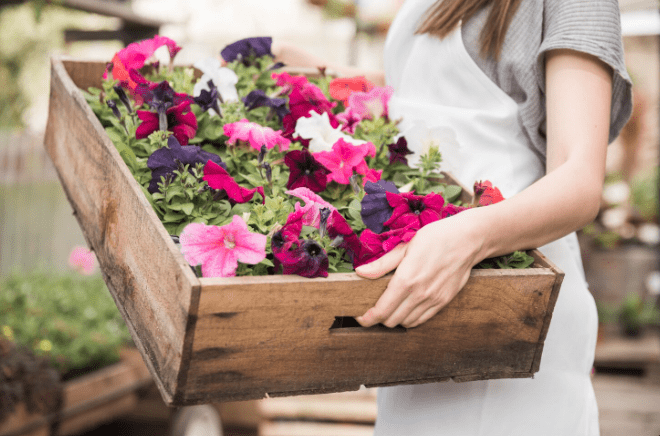August brings an exciting time for the vegetable garden. Summer harvests are (hopefully) in full swing, with many crops producing in abundance, while last month’s sowings are thriving nicely. The good news? August still offers plenty of opportunities to plant more.
If your garden beds are already full, it might be the right moment to pull out early-season vegetables that are past their prime. Once you clear those spaces, consider the nutrient requirements of the next plant you plan to grow. The first round of crops may have used up essential minerals in the soil, so adding compost or fertilizer now can give your new plants a strong start.
Despite the heat, August is an ideal time to explore new garden spots for late-summer sowing. Expanding your garden now will give you more space to work with when spring arrives.
For those with limited space or seeking greater flexibility, container gardening is a smart option. Potted vegetables are easy to move, allowing you to adjust their placement as daylight hours begin to shift in the coming weeks.
Table of Contents
ToggleVegetables to Plant in August
If you’re wondering which vegetables to plant in August, these make an excellent start for a productive season.
Beets
If you’d like to grow beets in your summer garden, look for early beet varieties like ‘Chioggia’ and ‘Detroit Dark Red’. Even if things don’t go as planned and your beets stay small, the leafy tops are still delicious in salads or stir-fries. For beginners, learning how to grow beetroot is simple. Simply choose a sunny spot, keep the soil consistently moist, and thin out seedlings early to give their roots room to develop.
Turnips
Like beets, the root and the leaves of turnips are edible. Turnips are root vegetables that take approximately 60 days to mature, allowing for two harvests in a single summer. Turnips are a classic addition to soups. You can also mash them with butter or dice them into salads. Do be sure to pick up your turnips while they’re still young and tender, as older turnips can be tough. If you’re new to growing them, here’s a quick tip on how to grow turnips: They grow best in loose, well-draining soil with plenty of sunlight and regular watering.
Baby kale
Baby kale is another go-to green. You can toss it into salads, sauté it for stir-fries, or crisp it up in the oven as healthy chips. By the time fall rolls around, spring-planted kale is usually quite mature. As temperatures begin to cool, use a floating row cover to shield the crop—though kale handles light frosts just fine.
Cilantro
Cilantro is one of those tricky herbs that tends to bolt far too early during late spring and early summer. You can go for slow-to-bolt varieties and try to offer them a bit of shade, but despite efforts, they often go to seed faster. When that happens, you can let the seed pods drop naturally into the raised beds, which sometimes rewards with surprise plants. Still, make sure to sow a fresh batch in early August to enjoy a flavorful fall harvest.
Bok choy
Bok choy is, hands down, a staple in stir-fry dishes. While spring-planted bok choy can bolt quickly during unexpected heat waves, fall crops thrive with cooler temperatures. If you have limited space, consider growing mini varieties like ‘Toy Choy’ and ‘Asian Delight’—they’re compact, mature quickly, and are absolutely delicious.
Radish
Radishes grow incredibly fast and can be ready to harvest in just 21 days. Since they don’t thrive in hot, dry weather, it’s best to wait until late August or even early September to plant them. If you’re new to radish gardening, learning how to grow radishes is straightforward: provide them with loose, well-drained soil, water consistently, and avoid overcrowding the seeds for optimal root development.
Mizuna
Mizuna is a mustard green. It has a peppery kick that adds great flavor to salads when mixed with milder greens. Start sowing seeds in August, especially the red varieties—not only for their taste but also for their ornamental appeal in fall containers. Mizuna grows quickly and handles cooler temperatures well, making it a reliable choice for late-summer planting.
Salad Greens
When it comes to fresh salads, nothing beats homegrown greens. Most lettuces take just four to five weeks before you can start snipping the leaves using the cut-and-come-again method. Sow lettuce seeds in late August, and you’ll be harvesting crisp greens right up until the first frost. Arugula is another speedy grower. It does well when planted in late August through early September.
Broccoli
Broccoli thrives in cool weather and does best when given a head start indoors. Most gardeners like to sow the seeds under grow lights in July or early August, then transplant the healthy seedlings into the garden once they’re strong enough. If you’re just starting out and wondering how to grow broccoli, ensure your soil is rich and well-drained, and give each plant plenty of room to form large, healthy heads.
Carrots
For carrots, sow seeds in late July or early August to get a solid fall harvest. If you want to enjoy carrots through winter, you can also try deep mulching them before the ground freezes. Curious about how to plant carrots? Keep the soil loose and stone-free, water consistently, and thin seedlings early to prevent crowding and encourage good root development.
Other Vegetables to Plant in August:
If you’re still looking to fill space in your garden, here are a few more vegetables to plant in August that handle the changing season well:
- Spinach
- Swiss chard
- Kohlrabi
- Parsley
- Cauliflower
- Bunching onions

